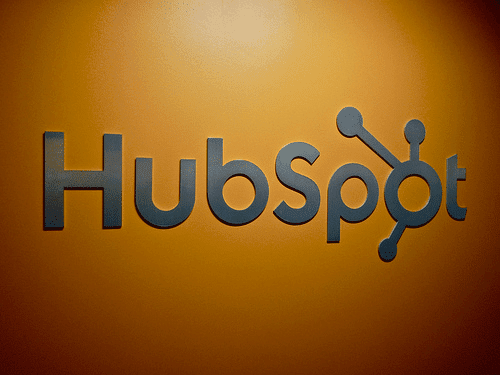Over the years, marketing and sales have worked more apart than together. They have strong proprietary feelings as separate departments regarding strategy and results. Marketing tools and platforms have often been criticized for trying to bring new life to sales strategies that are so tried and true they’re stale and just not very effective.
Coming to an agreed upon relationship and any feeling of consensus is difficult in that kind of rankled environment. That’s when data and finely-tuned insights can trump gut feelings and department boundaries. Here’s a couple of tools you need and things to do to make it happen.
The Importance of an End-to-End Software Solution
There are now end-to-end software solutions that give the sales and marketing teams the ability to share information and intelligence. Marketing software is integrated and automatically synched with CRM to provide data, insights, and metrics that suit the needs of both marketing and sales.
A few marketing automation platforms that come highly recommended are Hubspot, Marketo, Eloqua, and Pardot. All of these feature Salesforce integration.
Optimizing the Marketing Mix
Marketing can examine a customer’s lead history and trace each customer back to the source of their first website visit. Marketing can then identify the channels—organic, social, paid search, email marketing, etc.—that are doing the best job converting leads. And the marketing mix is optimized accordingly.
Marketing can also analyze data to determine the most effective marketing assets. Webinars, blogs, eBooks, landing pages, straightaway consultations, and all campaigns are subject to vis-à-vis scrutiny.
Mastering the Sales/Marketing Handoff
By pulling information off the CRM, marketing can segment/score leads, provide sales with bottom and middle of funnel leads while also nurturing marketing qualified leads (MQLs) that are not yet ready to enter the sales process. Leads are also de-duplicated based on email address and tracking information so that the sales team gets sales ready leads versus duplicate leads.
With automated sharing of information, marketing now provides the sales team with lead intelligence and lead alerts (email messages and notifications when a lead visits/revisits the site looking for personal contact). Sales immediately implements appropriate follow-up and closing strategy based on the latest contact.
Working Together to Optimize the Process
The sales team shares CRM insights with marketing. Insights include contact touches (email and call attempts), lead status (open, in progress, qualified, unqualified), and revenue (data on closed deals and associated revenue to calculate ROI).
Marketing then makes iterations to their campaigns in real time based on the most current sales data available. Both marketing and sales are then equipped with data to boost cross-functionality and optimize the strategy/planning process.
Increasing Sales Revenue by Sharing Information
Marketing can sharpen lead generation strategy based on data they receive from sales. In turn, the sales team can drive sales through the roof based on data coming from the marketing department. In the modern marketing and sales world, data is valuable–data is invaluable!–but only when it’s shared. Marketing and sales now have the tools to share what they know and communicate what they find out. In the process, they’ll boost sales revenue, achieve unified goals, and enhance the working environment for everyone in the company.




